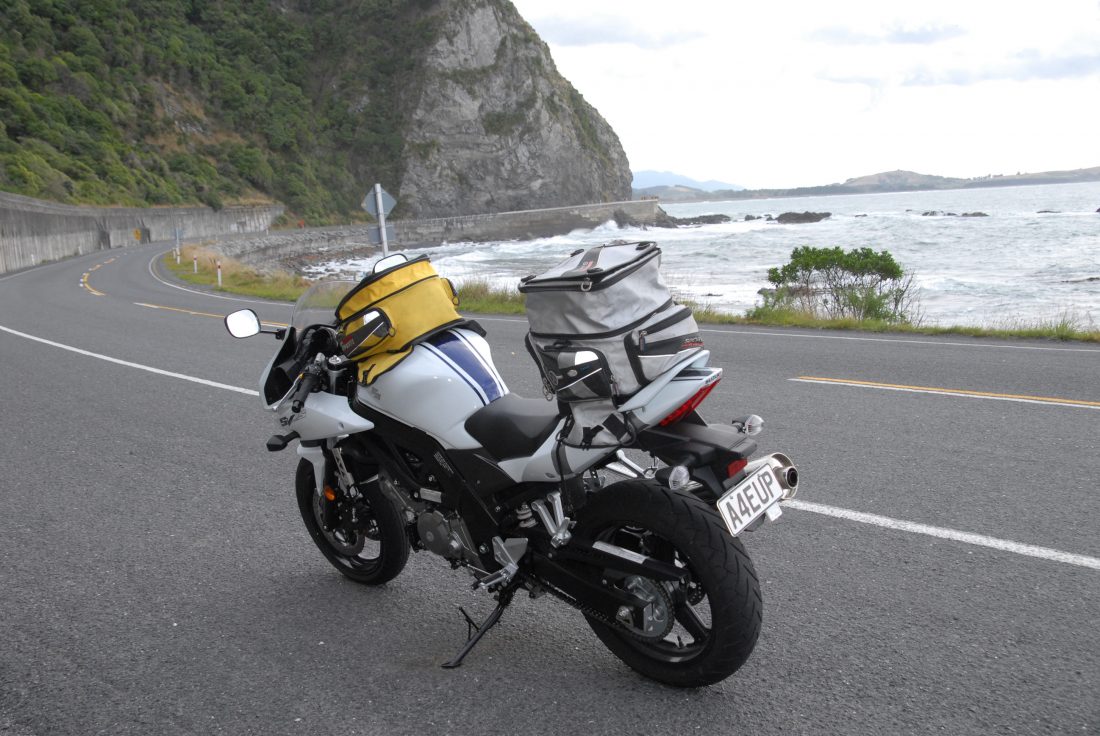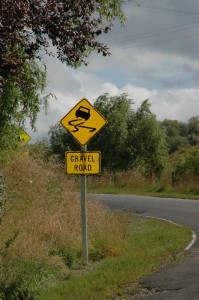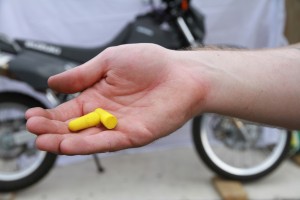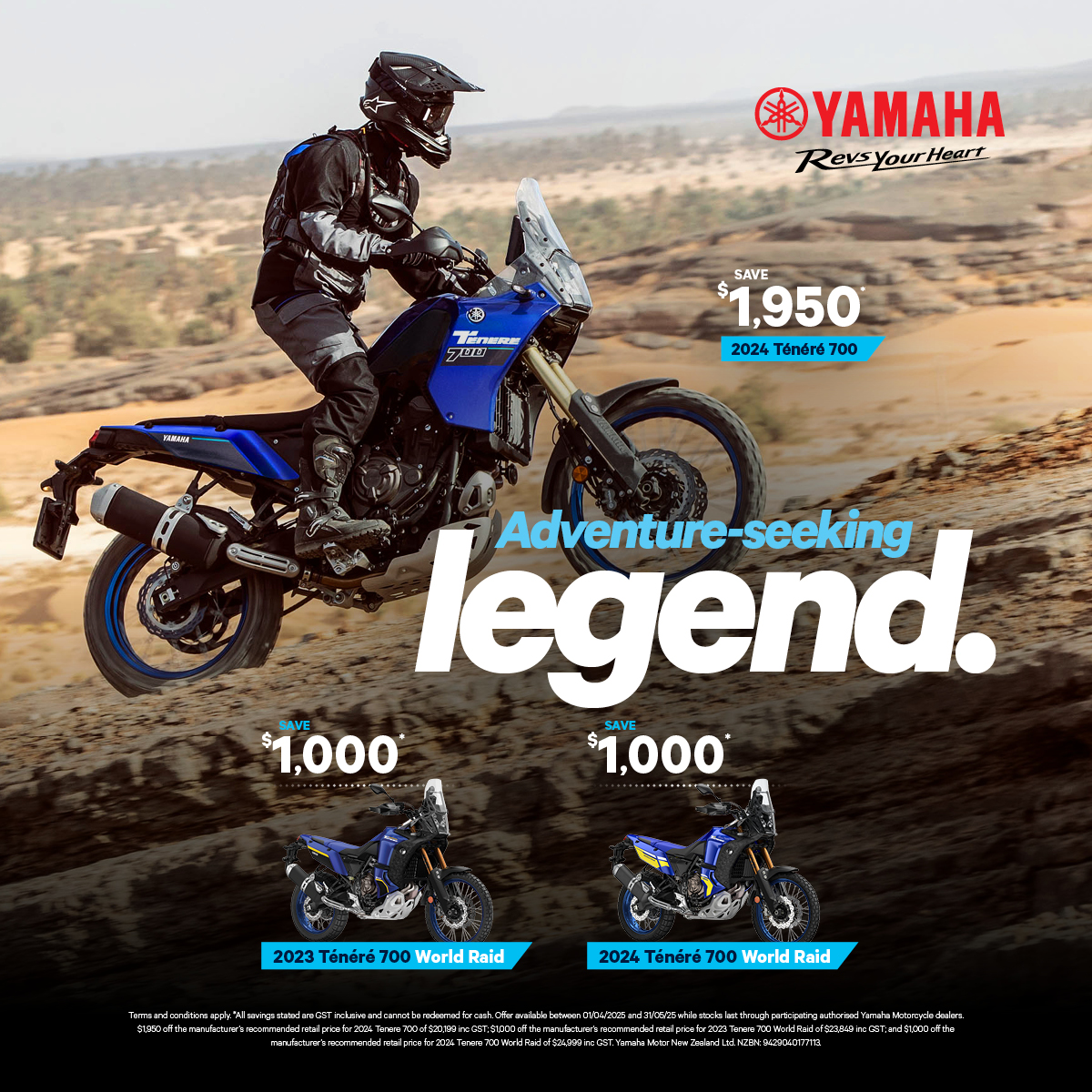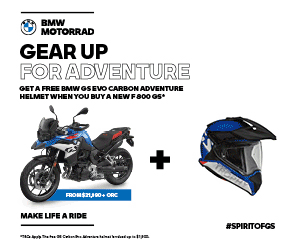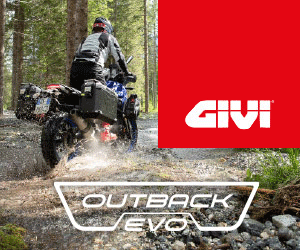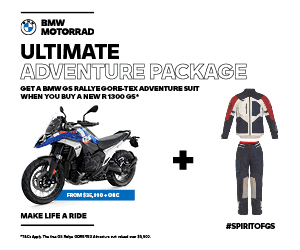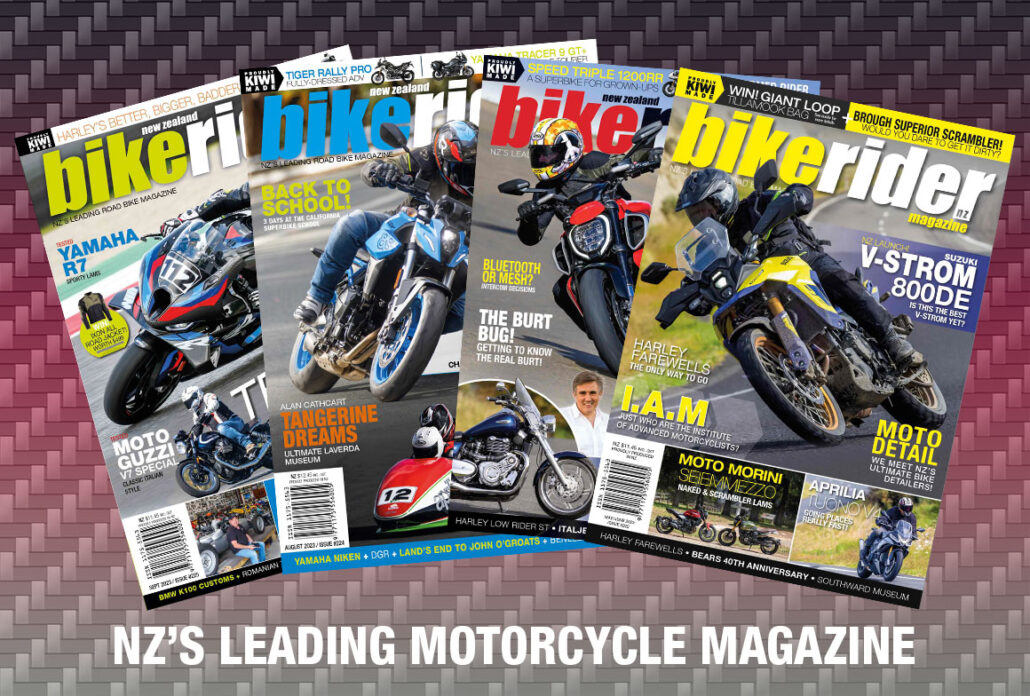Ten Hot Tips For Summer Touring
Touring season is upon us and nothing beats getting away from it all on the bike for a few days, or weeks if we’re lucky. But a dream biking tour can turn into a motorcycling nightmare at the drop of the hat if you’re not prepared. So, here’s ten great touring tips to keep you prepared for whatever comes your way out on the road this summer.
Service With A Smile
It goes without saying, but the last thing you want on tour is a mechanical issue that would’ve been picked up if you’d serviced the bike before you left. Make sure oils, fluids and filters are topped up and clean, brake pads healthy and fluid new and air-free. Replace your chain and sprockets at the same time if required. Carry a small can of chain lube and breaker/extra links if adventure riding; a broken chain can ruin a memorable mountain pass road and getting to and from spares can be an issue if you’re in the middle of nowhere.
Rubber Up
A new set of hoops is the best option, but if that’s out of the question, at least make sure your tyres are in good condition and have enough life in them to get you through the entirety of your time away and home again – safely. Check the pressures before you go and set them according to load and riding conditions. Recheck them throughout the ride, you never know when you’ll pick up a slow puncture, so a good tyre pressure gauge should be part of your away kit.
Brittany Spares
A few select items in your tool kit or under your seat can come in very handy. Cable ties and some duct tape can save the day in more situations than you’d think and you can use said ties or tape to attach a couple of spare brake/clutch levers etc. Spare tubes and tyre changing kit are essential for adventure riding, but a puncture repair and CO2 inflator kit is handy for everyone. Bulbs, sparkplugs, hoses, gaskets et al are also handy if you ride an old shitter.
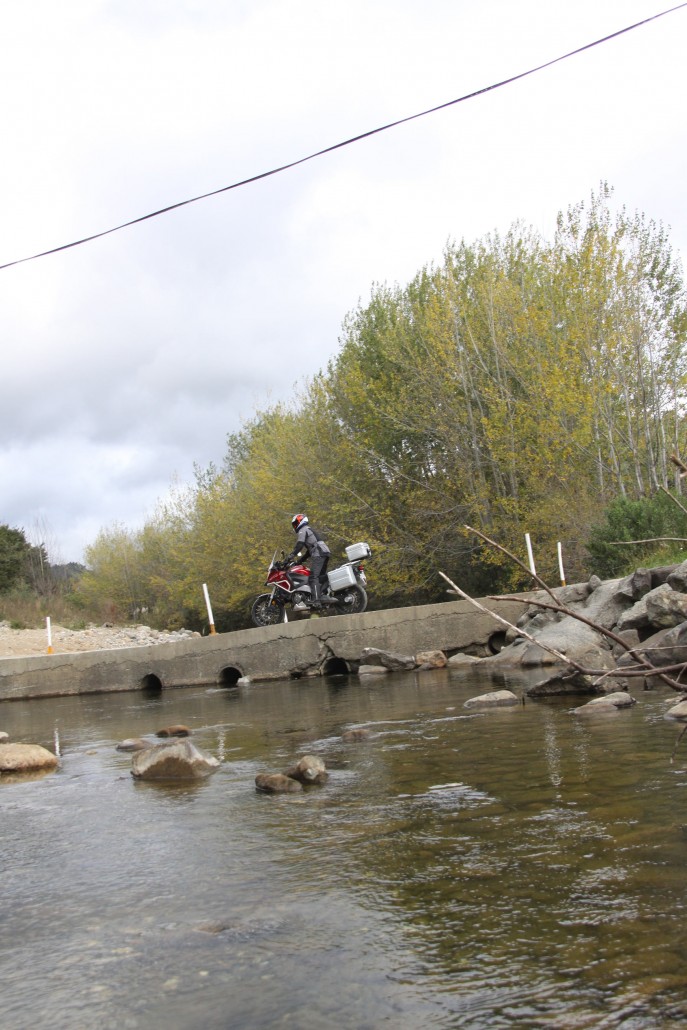 Sitting Pretty
Sitting Pretty
How comfortable is your saddle? A good question if pondering plonking your posterior in it for a fortnight. If the daily commute gives you numb bum, you’ll hate it after riding all day in it, day after day. Getting the foam replaced is easy (a denser foam is often better) and nowadays you can get them custom fitted, for which your ass will eternally thank you.
All Mapped Out
Some super-tourers have GPS systems built in these days, but if yours doesn’t, a bar-mounted unit is a good option. Unlike maps, they don’t disintegrate when they get wet and you don’t have to turn them over halfway through a ride. Of course, a tank bag with a clear panel atop and a smart-phone with Google Maps works almost just as well.
Baggage Handler
Make sure your luggage is suitable for the bike and fits properly. You don’t want your top-box flapping in the breeze or arrive at your destination only to discover it alighted the bike somewhere between Haast and Wanaka. Fitting appropriate luggage for the length of your tour makes sense too, no need for panniers, top-box, and trailer for a weekend away, likewise you’ll need more than a tank bag for a two-week South Island jaunt, unless your name’s Jack Reacher.
Itinerary Planner
While some like to ride by the seat of their pants and shack up for the night wherever their wheels take them, free camping on two wheels just isn’t an option for 99% of us if we’re being honest. No, most of us like a good hot shower and comfy bed after a day’s riding. You’ve mapped a route, so booking ahead is easy and can save a lot of hassle while avoiding unexpected expenses, such as when you pay top dollar for the proverbial last room in town.
Ear Ear
Riding continuously for multiple days, means a lot of time with your head in a helmet, and no matter how quiet it is, you will be saying “Pardon?” a lot by the end of your tour if you’re not wearing ear protection. Whether you go for the fiddy-cent disposable plugs from the gas station or more expensive, custom fitted items is up to you, but we highly recommend them for any long distance ride.
Gearing Up
With our inclement weather the last thing you need is to get soaked through on day two, only to have another week ahead in ropey riding gear. Boots should be comfortable and of the waterproof variety, and textile jacket and pants that break down into layers are hands down better than leather for long periods behind the bars. A well vented lid is a must and removable, washable liner essential if riding mid-summer. A new or scratch free visor is also advised, especially if those long days in the saddle turn into nights, and carrying a pocket sized, non-abrasive cleaner and clean rag will see those flies off and vision restored in a jiffy.
Check Yourself
Or you will wreck yourself. If you’re ill or carrying an injury, it might be safer and more enjoyable to go on a boat cruise or postpone your trip till you’ve recovered. Riding all day is mentally and physically taxing without feeling below par, and wearing a helmet and riding gear is just not a good feeling when you’re bunged up with the flu or crook as a dog. Even if you’re bike’s 100% and the forecast is mint, if you’re not, give it a miss till you’re back at your best.
Comms Check
Talking to your buddy while riding is easier than ever with a range of radio and blue tooth devices now available. They’re very handy for on-the-fly route changes or advising of revenue collectors ahead and many can be linked to phones, GPSs and iPods etc. Good or bad for two-up riding, depending on whether you like to talk with the other half while riding or ride to avoid talking to the other half at all.

